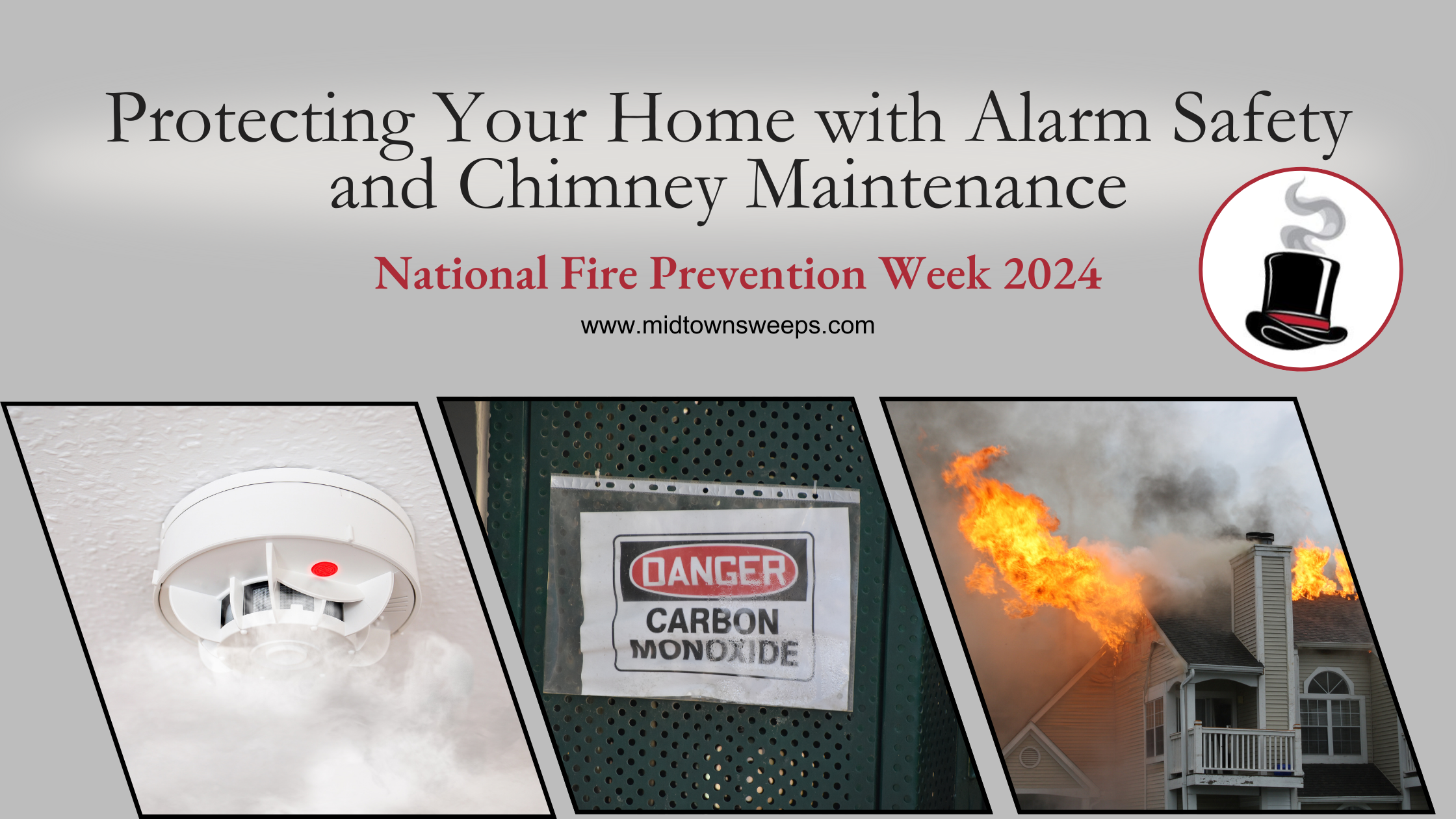Masonry fireplaces have long been a fixture in many homes, providing warmth, ambiance, and a connection to tradition. Sitting by the fire creates lasting memories. This can happen during a warm family gathering on a winter night. It can also happen during a joyful holiday celebration. As homeowners think more about energy use, many are asking, “How well do traditional fireplaces heat a home?”
The answer may astonish you: while masonry fireplaces are beautiful and nostalgic, they fall short in energy efficiency. If you’re looking for a more practical solution without losing the ambiance of a wood-burning fire, fireplace inserts—specifically wood-burning fireplace inserts—could be the answer.
In this article, we’ll explore the differences between traditional masonry fireplaces and fireplace inserts, diving into aspects like efficiency, cost savings, environmental impact, and installation requirements.
Understanding Masonry Fireplaces: Form vs. Function
Traditional masonry fireplaces, often constructed of brick or stone, can add stunning features to any home. But in terms of energy efficiency, these fireplaces might not be the most practical option for modern homes. On average, masonry fireplaces boast a mere 10-20% efficiency in heating a room. This means most of the heat generated by the fire escapes up the chimney rather than circulating throughout your living space.
In fact, an open damper in a masonry fireplace can even lead to heat loss when the fireplace isn’t in use. During colder months, improper sealing of the damper can draw warm indoor air out through the chimney, causing your home’s heating system to work overtime.
However, there’s a solution: installing a top-sealing damper. This device acts as a better seal than traditional dampers, keeping the heat in when the fireplace isn’t active. But even with this improvement, the overall heating efficiency of a traditional masonry fireplace pales in comparison to modern alternatives like wood-burning fireplace inserts.
Wood Burning Fireplace Inserts: A Modern Solution for Energy Efficiency
If you’re looking to enhance the efficiency of your existing fireplace without compromising on style or the cozy feel of a real wood fire, fireplace inserts offer a fantastic solution. These are enclosed units that fit into the opening of an existing fireplace, turning an inefficient heat source into one that can warm your home effectively.
Fireplace insert installation is an easy way to upgrade your old masonry fireplace. These inserts enclose the firebox and reduce the size of the flue, resulting in efficiency levels between 60% and 80%—a massive improvement over traditional fireplaces.
Because the insert traps and recirculates heated air, it allows you to get the most warmth out of the wood you burn. And thanks to their enclosed design, wood-burning fireplace inserts also reduce air pollution and lower the risk of chimney fires, making them a safer and more environmentally friendly option.
How Much Can a Fireplace Insert Heat?
A common question among homeowners considering fireplace insert installation is, “How much space can an insert heat?” The answer depends on the size and model of the unit, but most wood-burning inserts can efficiently heat anywhere from 800 to 3,000 square feet. This makes them suitable for heating individual rooms or even entire floors, depending on your home’s layout.
When choosing the right fireplace insert for your home, it’s crucial to match the size of the insert with the area you need to heat. Too small, and it won’t warm the room sufficiently; too large, and you may find yourself overheating your space. Your local fireplace insert installation expert can help you find the right model for your specific needs.

The Benefits of Wood-Burning Fireplace Inserts
Fireplace inserts offer several key benefits that make them an attractive option for homeowners looking to upgrade their traditional fireplaces:
- Energy Efficiency: By trapping heat inside the firebox and recirculating it into the room, wood-burning fireplace inserts use less fuel to provide more heat. This can result in a 10-40% reduction in overall home heating costs.
- Burn Time: Wood-burning inserts can burn for three to five hours before needing more wood, providing long-lasting warmth without constant tending.
- Modern wood-burning fireplace inserts burn wood more completely than traditional open fireplaces, producing less smoke, fewer particulates, and lower emissions. This makes them a more environmentally responsible choice, especially in areas with air quality concerns.
- Aesthetic Appeal: While some people may worry that a fireplace insert will detract from the charm of a traditional open fireplace, many modern inserts designers create to complement your home’s style. From sleek, contemporary models to more rustic designs, there’s an insert to match any aesthetic.
- Compliance with No-Burn Days: In areas with strict air quality regulations, like Colorado, fireplace inserts may be exempt from No Burn Days—days when using a traditional fireplace is prohibited due to pollution concerns. Certified EPA Phase II wood-burning fireplace inserts meet these regulations, allowing you to enjoy a fire even when restrictions are in place.
Solving Pre-Existing Chimney Problems with Fireplace Inserts
Fireplace inserts don’t just improve heating efficiency; they can also address existing problems with your chimney. Many older homes have chimneys with cracked flue tiles, structural issues, or poor draft. Repairing these chimneys can be costly, but installing a fireplace insert with a stainless steel liner offers a budget-friendly alternative. The liner seals off the damaged flue, while the insert brings the fireplace up to modern code standards.
This solution often costs less than rebuilding or relining a chimney, allowing homeowners to enjoy their fireplace without the need for extensive structural work.
The Importance of Fireplace Insert Maintenance
Just like traditional fireplaces, fireplace inserts require regular maintenance to keep them functioning safely and efficiently. This includes:
- Chimney Sweeping: Regular cleaning is essential to remove creosote, a highly flammable byproduct of wood burning that can accumulate in your chimney. Midtown Chimney Sweeps offers professional cleaning services to help keep your insert in top condition and prevent dangerous chimney fires.
- Annual Inspections: The owner’s manual for your fireplace insert will recommend an annual chimney inspection to check for signs of wear or damage. Scheduling a yearly inspection is crucial to ensuring your insert continues to operate safely.
- Ash Removal: Homeowners should regularly clean out ashes from the firebox to keep the insert operating efficiently.
Failing to maintain your fireplace insert can lead to creosote buildup, which poses a significant fire hazard. By scheduling regular cleanings and inspections, you can extend the life of your fireplace insert and protect your home.
The Final Verdict: Fireplace Inserts or Masonry Fireplaces?
When comparing masonry fireplaces to wood-burning fireplace inserts, it’s clear that inserts offer far superior energy efficiency, cost savings, and safety. While traditional masonry fireplaces are beautiful and nostalgic, they lack the practical benefits that modern homeowners need.
If you want to maintain the charm of a real wood-burning fire while reducing your heating bills and staying compliant with air quality regulations, a fireplace insert installation is the way to go.
To learn more about fireplace inserts or to schedule a professional installation, contact Midtown Chimney Sweeps today. Our experts will help you select the best model for your home and ensure you install it safely and efficiently.












